Product label trends throughout the years
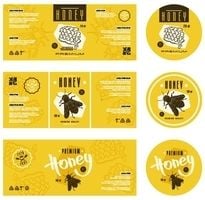)
From early apothecary labels to colour-bursting, multi-font illustrations, the art of product labelling has come a long way throughout the years. But how much has it really changed? Find out in our brief guide.
The label evolution
Product labels have been around for longer than you might think. In fact, the first labels surfaced in the early 1700s. Back then, they were mainly used to mark the contents of pharmaceutical containers, such as small glass bottles.
Printers typically used a wooden printing press, similar to the Gutenberg press, to transfer their label designs onto handmade paper. Needless to say, this process was somewhat time-consuming. It wasn't until the invention of lithography and paper machines that producing labels became more time efficient. After that, it didn't take long for other industries to catch on to the benefits of labelling products.
The introduction of colour printing midway through the 19th century presented a whole new range of opportunities, allowing businesses to further distinguish their products from the competition. Wine label design, for example, became much more competitive as businesses had the option to brand their bottles with a custom design that encapsulated their USPs and brand personality.. Prior to this, label printing was limited to black ink and coloured designs had to be hand-painted onto the label. Around the same time, printers began distributing label catalogues to businesses as a way to showcase their work and latest designs.
The next label printing revolution didn't come around until the 1930s when R. Stanton Avery invented self-adhesive product labels. However, it took almost 20 years and newly-formulated adhesives for the product to take off and become a commercial success.
With the automation of cash registers in supermarkets in the 70s, manufacturers started printing Universal Product Codes (UPC) or barcodes onto labels. Today, suppliers also have the option of using scannable QR codes in addition to, or in replacement of, the traditional barcode. While both can help you to keep track of your stock, QR codes can also store other useful product information as customers can easily scan them with their smartphones.
Early labels
Early labels like this one often featured the product and supplier name only, with instructions for use if required.
The colour revolution
As colour printing started to become more refined, manufacturers began to play with more intricate designs and imagery.
Labels around 1900
In the early 20th century, businesses started to realise the true marketing potential of product labels. So they began to feature more intricate artwork, portraits, and playful advertising slogans.
Illustrated labels
Starting in the 1920s and 1930s, advertisers started to take advantage of the brighter and bolder colour palettes printers had on offer. Illustrations were still the preferred method of creating imagery because photography wasn't suited to mass production at this point.
Pin-up labels
In the 50s, pin-up girls dominated all areas of advertising, including product labels.
Fonts at centre
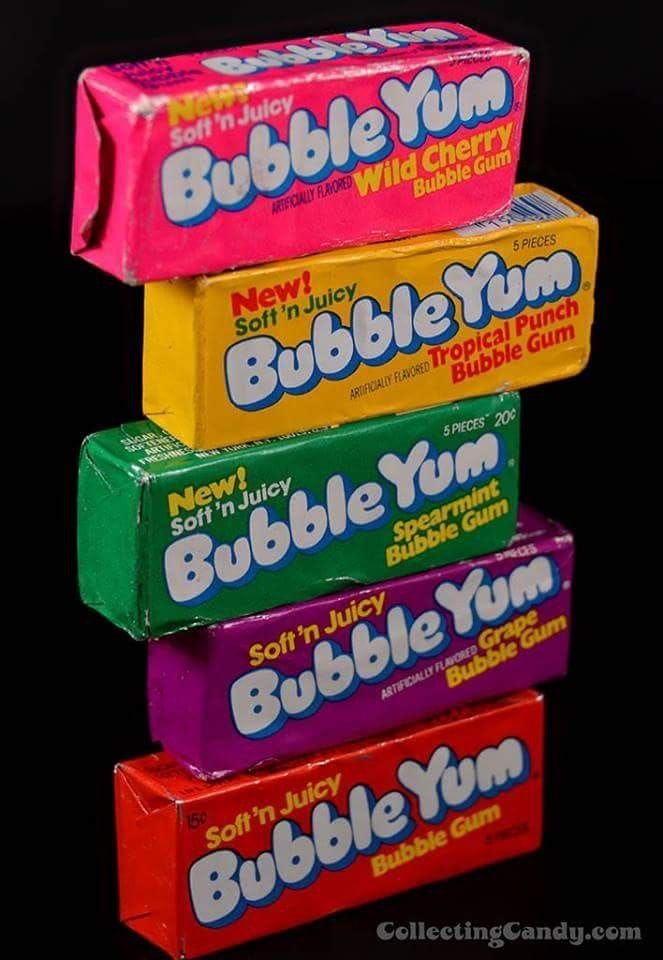
In the second half of the 1900s, bold fonts and graphics began to take centre stage on product labels. Illustrations and portraits, on the other hand, began to take a backseat.
Modern minimalism
After a few decades of grand fonts and colourful designs, a new kind of minimalism is taking over the product label space. Brands are embracing white space and clean designs to avoid distracting from the product itself.
With the evolution of print technology over the past 300 years, product labels have gone through a range of transitions. Now, with technology more evolved than ever, we can finally let our creativity run wild so why not draw a little inspiration from the past?
Contact your local Snap Centre for more information on how our team can help you print labels that are innovative and impactful.
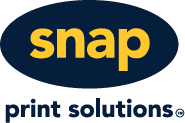
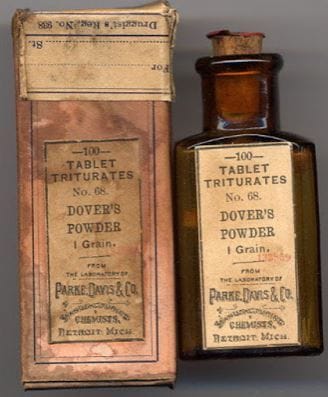

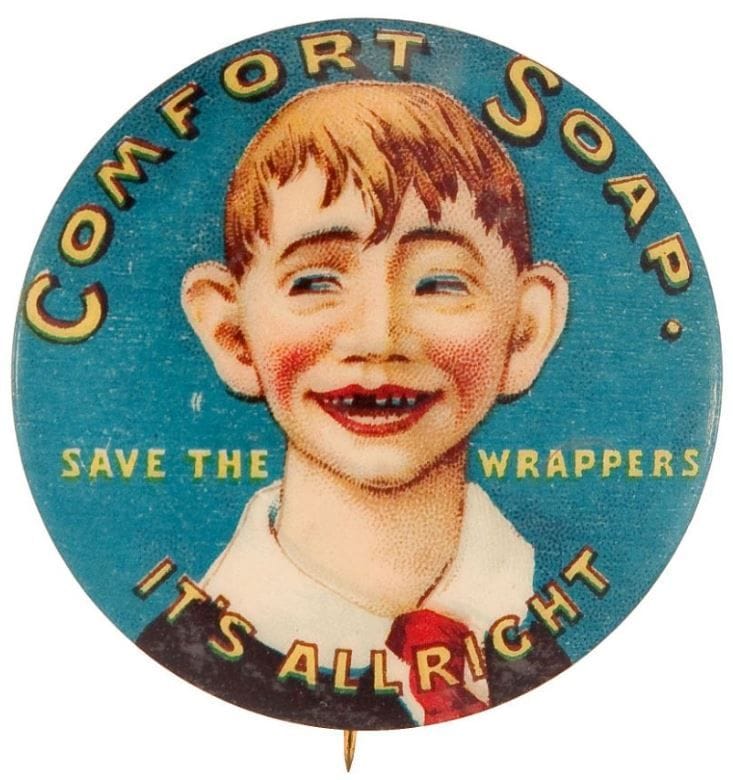
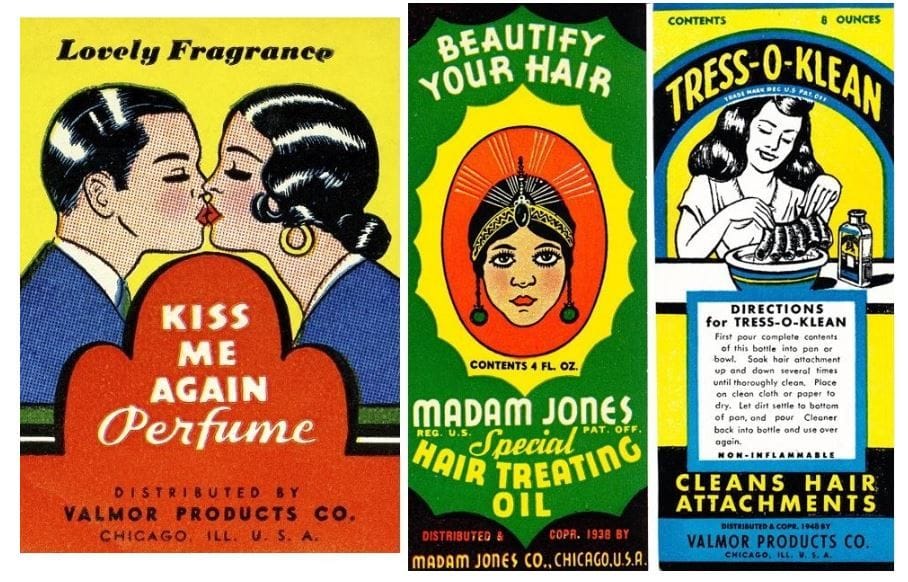
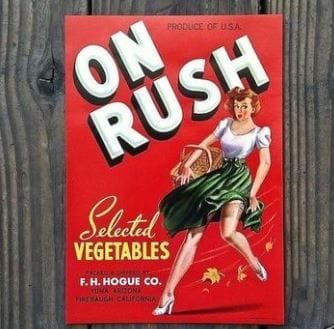

)
)
)

